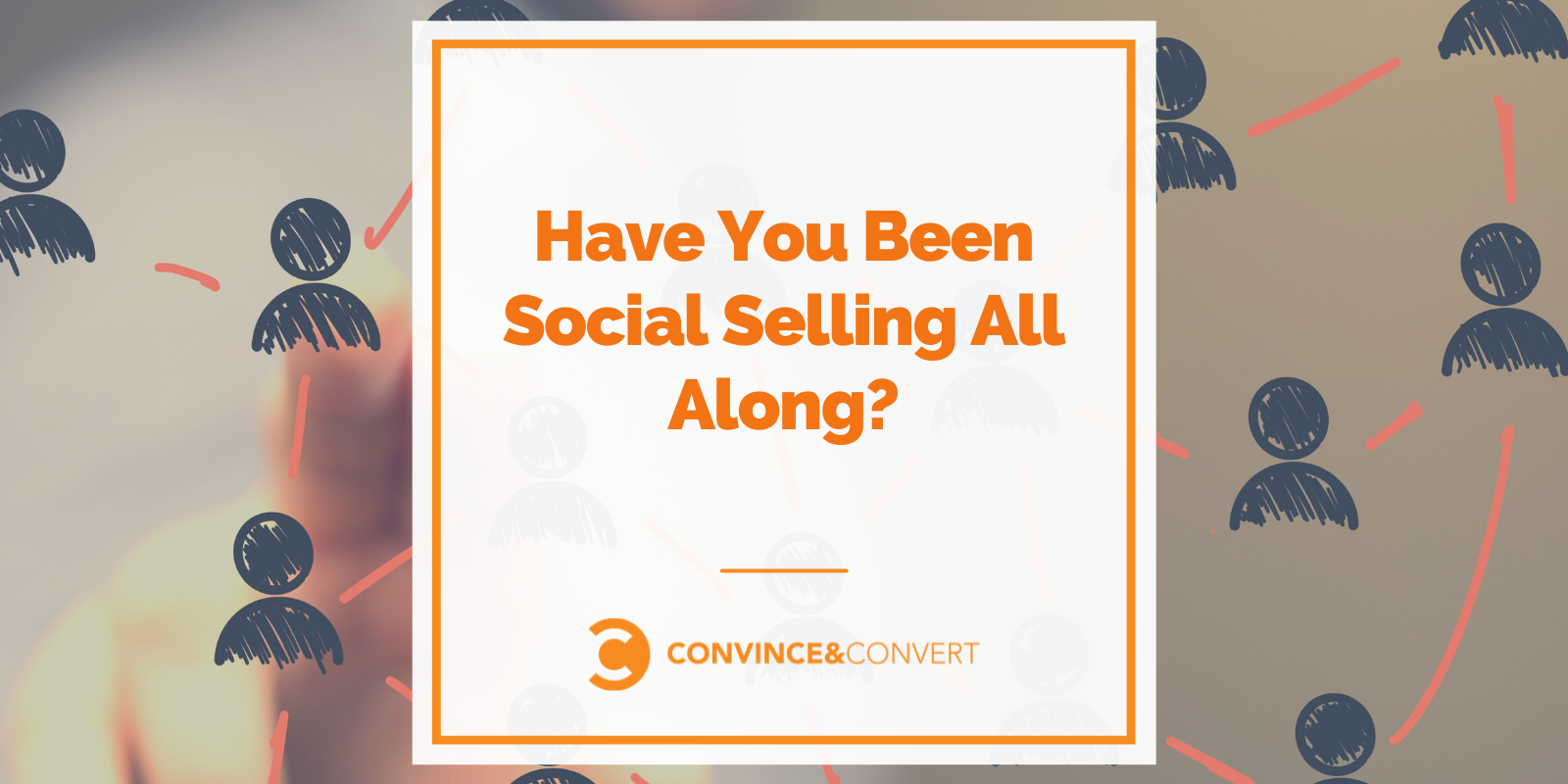
3 brand-safety tips for navigating sensitive events | Ad Age
HOW BRANDS CAN NAVIGATE SENSITIVE EVENTS ON SOCIAL MEDIA
The appeal of social media is the buzz of conversation from people about what’s happening, their passions and the most important issues of the day. At its best, it can be a tool for keeping us up-to-date on news and culture, learning and understanding different perspectives and discovering new products or experiences to try.
For brands, the appeal is obvious: The chance to reach and directly interact with a forward-thinking, early-adopting customer base. People on Twitter are especially desirable for marketers: More than two-thirds are under the age of 35, with 24% between ages 25 and 34, and 44% are 24 or younger.1
This demographic is a marketing dreamscape, but as with any platform that allows for free exchange of thought on differing or potentially controversial opinions, there will always be brand safety questions from advertisers. And certain trending topics and events that are newsworthy: natural or industrial disasters, deaths of public figures, mass or systemic violence, etc.—what we collectively call “sensitive events”—pose challenges for many brands.
So how can marketers navigate those critical events, without risking appearing tone deaf or being associated with potentially divisive content? To help brands and advertisers avoid risk and blowback, we’ve come up with this three-point approach as a general guide:
First rule: Do no harm
Navigating sensitive events can be daunting, but the good news is consumers want to hear from the brands they love and trust. More than two-thirds of people surveyed thought that brand communication was especially important during the COVID-19 pandemic, and more than 90% thought that brands should acknowledge hardships in real time.2 That is a significant majority of people asking brands to not bury their heads in the proverbial sand.
Still, it can be hard to know whether to move forward with planned marketing campaigns (new product launches, special collaboration announcements, etc.) in the midst of an ever-changing news environment. Should a restaurant chain tout its famous mudslide sundaes in the middle of devastating rainfall and literal geological mudslides? Absolutely not. But should a large regional employer express sympathy for those affected and offer resources to help? Probably.
When challenging situations arise, Twitter proactively demonetizes these topics in Search and Amplify Pre-roll; using a combination of machine learning and manual human review to ensure that promoted content is not found near these sensitive trending topics. That’s a baseline safety measure that we feel is necessary to protect both people and brands. However, it should be seen as a backstop for already scheduled or ongoing campaigns. Brands should assess all new sensitive situations on a regular basis, understand their level of practical or emotional exposure, listen to their community when considering a response and adjust accordingly.
To help understand the effect of sensitive content, Twitter partnered with research company EyeSee to take a deeper look at how content on our platform affects brands. Even when brands appeared adjacent to content in the categories of political or sensitive news, EyeSee saw no impact on brand favorability or consideration.3 and while this research may go against some conventional wisdom, it is encouraging. We’ll continue to explore how sensitive content impacts brands and will evolve our approach to brand safety accordingly.
Second rule: Be true to your brand and your customers
Study after study shows that consumers don’t want avoidance or ambivalence from their brands. Nearly half of people on Twitter feel it’s important for brands to have a stated point of view on various economic, social and cultural issues compared with just a year ago.4 In times of crisis, people want to be seen and heard.
How? Whether it’s a natural disaster, a worldwide pandemic or racial justice issues, 89% of people on Twitter think it’s important for brands to provide reliable information.5 Well over half of those surveyed said they want brands to acknowledge these moments in their communications,6 but it’s important that brands carefully consider their engagement strategy.
Brands should meet their consumers where they are and connect authentically, and if a business has a true stake in a topic that is currently trending or affecting their community or stakeholders, they should build a strategy grounded in leadership. More than ever, consumers want brands to take a stand on issues that matter to them, and 82% of people on Twitter believe brands should use their platforms to affect positive change.7
Those brands who find a way to really connect to people and understand the gravity of a moment always rise to the top. Uber tugged heartstrings when imploring people to stay home during their #MoveWhatMatters campaign while honoring essential workers and asking others to sacrifice their mobility for the greater good. Uber responded to this public health crisis with empathy for its workforce and consumers, and ultimately garnered the goodwill to propel their profit margins once large-scale quarantines were lifted.
But, as always, there are limits. If an event—no matter how big or zeitgeisty—isn’t relevant to your brand or community, it is perfectly okay to say nothing at all. When in doubt, it’s likely better to step back and not engage until you’ve fully assessed the situation. For adversity-shy brands, it would be preferable to stay out of the conversation rather than seem insensitive.
Third rule: Beware the boomerang effect
There are hardly any sensitive events that occur and then simply disappear overnight. The vast majority—even those that live and die within a single newscycle—will still need to be surveilled for changes that may ultimately affect your response. Only once your team has completed your brand’s sensitive event strategy should you return to your regularly scheduled tweeting.
Not only does Twitter carefully monitor trending topics, keywords and conversations at all times, we proactively protect brands by regularly updating lists of brand-unsafe keywords (our “denylist”) so that ads will not be served next to those topics in Search.
We also have human teams reading, watching and approving all Amplify publisher content 24/7 before pre-roll ads can serve. Our Policy Operations team provides hands-on service on behalf of all advertisers so that your brand is safeguarded from inflammatory situations.
We truly believe that social media helps create dialogue and conversation with people who wouldn’t always be given the chance to contribute. That’s true of your consumers as well. Having regular, reassuring interactions with a favored brand will always drive loyalty and trust, and nurturing those conversations gives both your brand and your customers a forum and platform to be heard and to engage with the 200 million-plus people on Twitter.
At Twitter, we embrace that in order to protect people and their voices, we have to come from a place of caring about the collective. Brands are no different.









